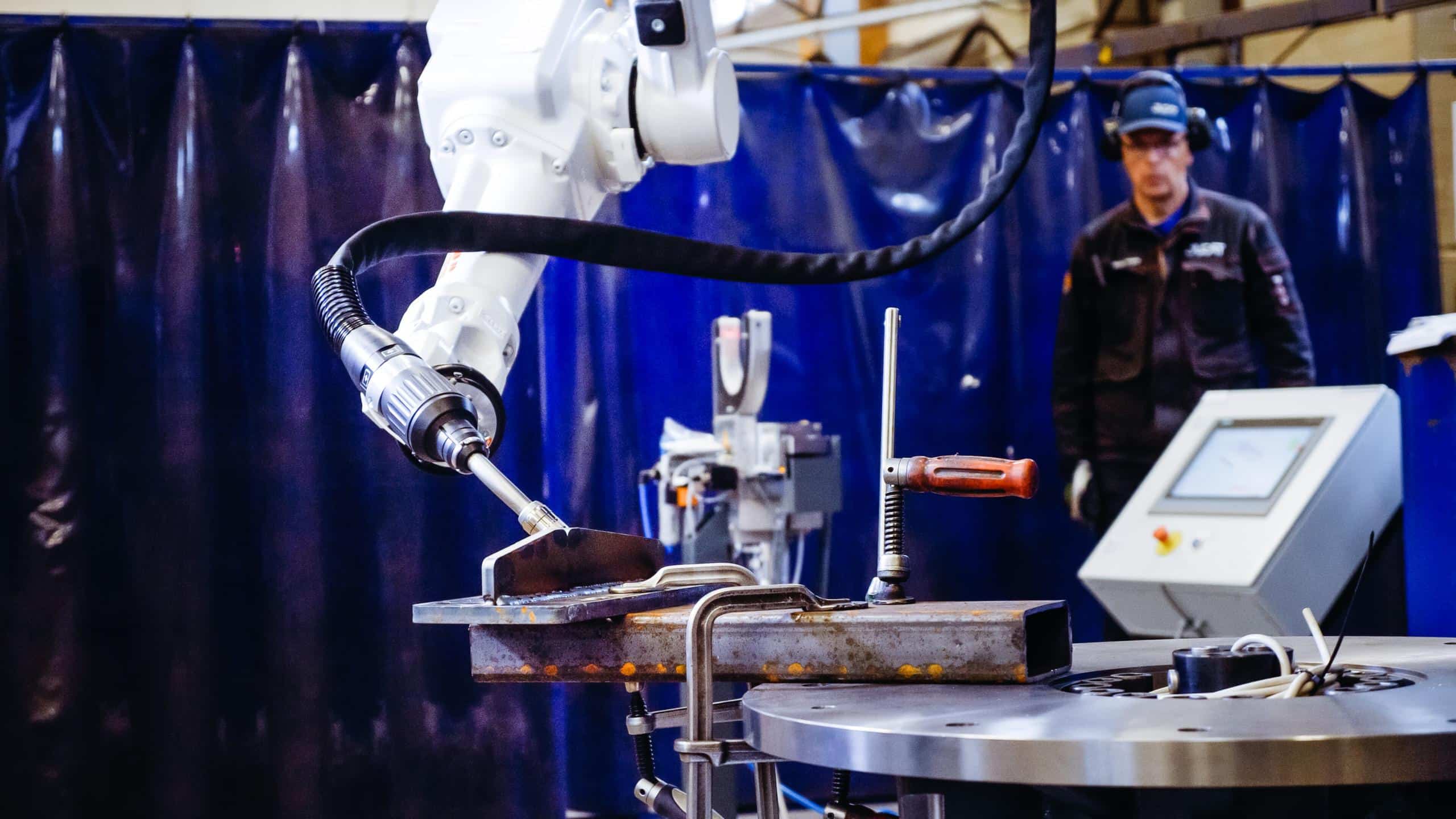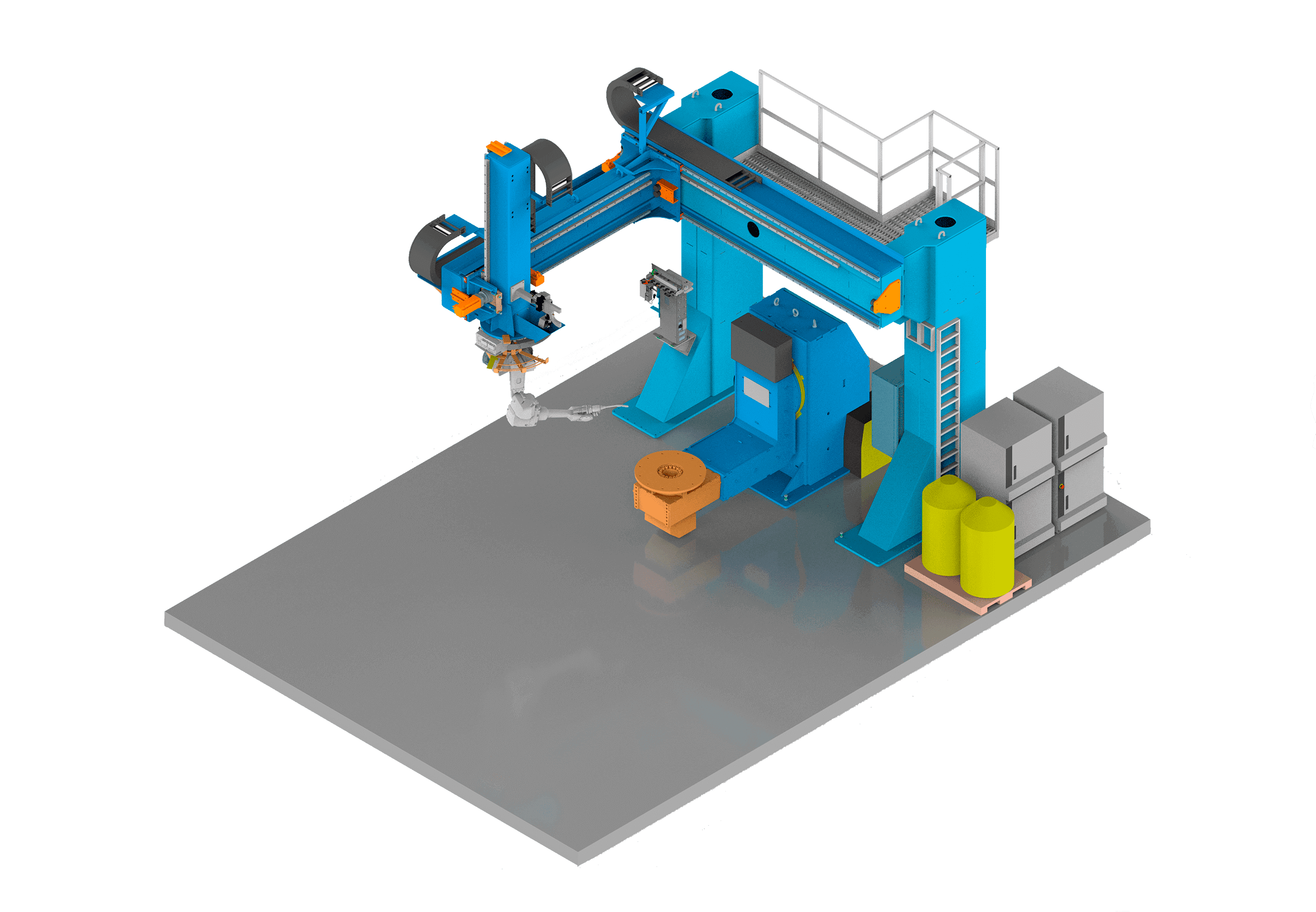5 Tips & Tricks on how to improve manual and robot welding

Welding has come a long way since its origins in ancient civilizations. The earliest forms of welding were used to join metals together using heat and pressure, but over time, the process has become much more sophisticated. Today, welding is an essential part of many industrial processes, from construction and manufacturing to repair and maintenance. With the advent of robot welding, the process has become even more precise, efficient, and safe. In this blog post, we will explore five ways to increase the quality of manual welding and five tips to increase the quality of robot welding.
Five Ways to Increase the Quality of Manual Welding
- Use the right equipment: Using the right equipment for the job is essential to achieving high-quality welds. Make sure you have the right type of welding machine, welding rod, and protective gear for the job.
- Clean the metal before welding: Dirt, oil, and other contaminants can weaken the weld, so it’s essential to clean the metal thoroughly before welding.
- Practice proper technique: Proper technique is crucial for achieving high-quality welds. Take the time to practice welding before starting a job and make sure you’re using the correct technique for the type of welding you’re doing.
- Use the right filler metal: Different types of filler metal are better suited for different types of welding. Choose the right filler metal for the job to ensure the strongest and most durable welds.
- Inspect your work: Regularly inspecting your work is an essential part of achieving high-quality welds. Take the time to inspect your work as you go and make any necessary adjustments to ensure the best results.
Five Tips to Increase the Quality of Robot Welding
- Use the right programming software: Using the right programming software is essential to achieving high-quality robot welds. Make sure you have the right software for the type of welding you’re doing and that it’s properly configured.
- Use the right sensors: Sensors are an essential part of robot welding, as they provide the robot with information about the welding process. Make sure you’re using the right sensors for the job and that they’re properly calibrated.
- Regularly maintain and calibrate the robot: Regular maintenance and calibration are essential for ensuring the robot is working correctly. Make sure to schedule regular maintenance and calibration for the robot to ensure the best results.
- Use the right welding parameters: Choosing the right welding parameters is essential for achieving high-quality robot welds. Make sure you’re using the correct welding parameters for the job, such as welding speed, wire feed rate, and amperage.
- Monitor the welding process: Monitoring the welding process is essential to ensuring high-quality robot welds. Make sure to regularly check the welding process to ensure that the robot is welding correctly and make any necessary adjustments.
Conclusion:
Welding is an essential part of many industrial processes, and with the advent of robot welding, the process has become even more precise and efficient. By following the tips and tricks outlined in this blog post, you can increase the quality of both manual and robot welding, ensuring the best results for your projects. Whether you’re a seasoned welder or just getting started, these tips can help you achieve better, more consistent welds. With proper techniques, equipment, and automation, welding process can be much more efficient, safe and reliable.
Jucat offers tailormade solutions for your robot welding needs
- Designed and assembled by Jucat
- Different welding techniques
- Different levels of automation
- Using ABB Robotics



